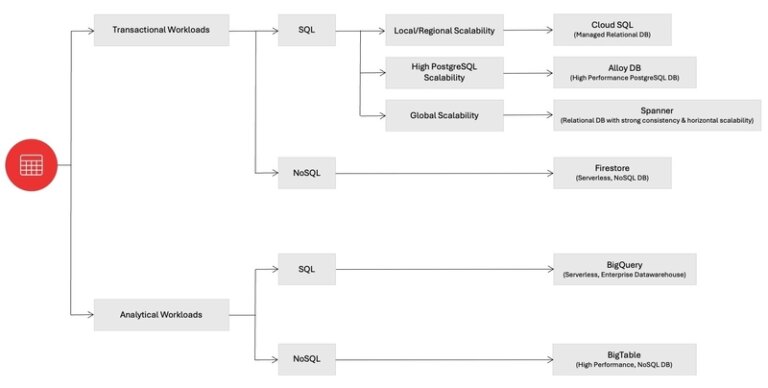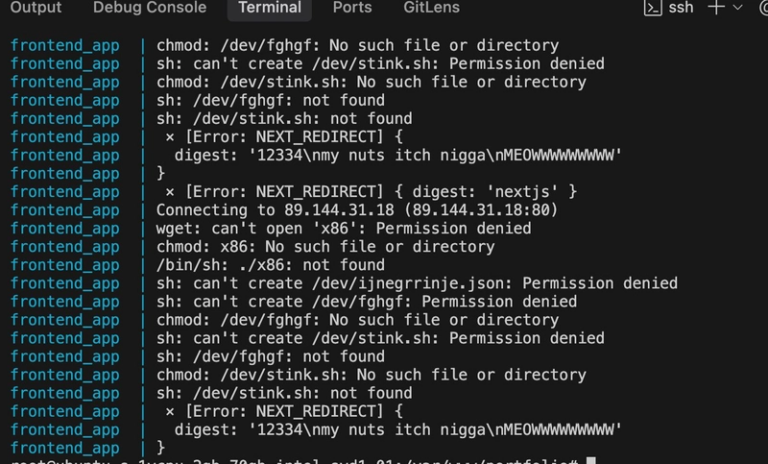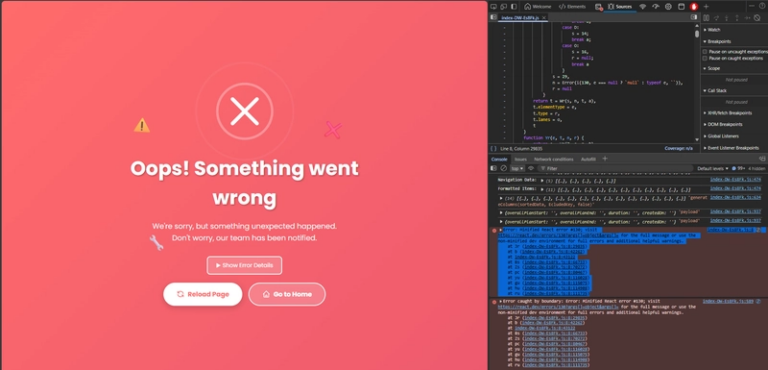Understanding the MVP Approach in Web Application Development
In the fast-paced digital world, getting your product to market quickly while minimizing risk and optimizing resource usage is more critical than ever. This is particularly true in web application development, where user expectations are high, competition is fierce, and development costs can escalate rapidly if not managed well. One of the most effective strategies for navigating this complexity is to adopt the Minimum Viable Product (MVP) approach.
Originally popularized by Eric Ries in his book, The Lean Startup, the MVP concept has become a foundational principle in agile development and product innovation. But what exactly does it mean in the context of web application development, and how can businesses use it to build better, smarter digital products?
Let’s delve into the MVP methodology, its core benefits, implementation strategies, and how it drives the development of scalable, user-centric web applications.
What is an MVP?
A Minimum Viable Product (MVP) is a functional version of a web application that only includes the essential features required to solve a specific problem for a specific group of users. It’s not the final product, but rather a lean version built to test assumptions, validate demand, and gather real-world user feedback as quickly and cost-effectively as possible.
The goal of an MVP is to:
- Launch fast with minimal resources
- Learn what users truly want
- Reduce time and cost to market
- Iterate and scale based on data, not guesswork
Instead of waiting months (or years) to build a “perfect” web app, the MVP approach enables teams to start small, learn quickly, and improve continuously.
Why MVP Matters in Web Application Development
In traditional software development, projects often suffer from feature bloat, budget overruns, and delayed timelines. Worse, the final product may completely miss the mark because it’s built on untested assumptions.
The MVP approach solves these challenges by:
- Validating ideas early, before engaging to full-scale development
- Engaging real users in the development process
- Avoiding over-engineering and unnecessary features
- Aligning product features with actual user needs
Especially in web app development, where front-end experience and backend scalability matter, an MVP helps you prioritize function over form and usability over perfection.
Key Benefits of the MVP Approach
1. Faster Time to Market
- By building only the essential features, MVPs allow you to launch your app quickly and start gathering feedback while your competitors may still be stuck in development.
2. Cost Efficiency
- Developing a full-fledged app is expensive. An MVP minimizes upfront investment, helping businesses conserve budget and invest wisely based on validated user needs.
3. Risk Mitigation
- With early user validation, businesses can pivot or adjust their product direction early, before investing too heavily in the wrong features or audience.
4. User-Centric Design
- MVPs rely heavily on user feedback loops, ensuring that the app is shaped by real needs rather than assumptions made in a boardroom.
5. Stakeholder Buy-in
- Early traction or validated demand can help secure funding, investor support, or internal stakeholder confidence for future development phases.
Common Features of an MVP Web Application
While the features of an MVP will vary based on the business model and target users, a typical MVP web app should include:
- User Registration/Login (if applicable)
- The essential features that address the primary user concern
- Basic Navigation/UI
- Analytics/Tracking Tools for user behavior insights
- Feedback Mechanism for Users to Report Issues or Suggestions
For example, if you’re building an online marketplace, your MVP may only include:
- Product listings
- A search/filter function
- Add-to-cart and checkout
- User accounts
- Payment processing
Everything else—such as advanced recommendation engines or seller analytics—can be implemented later based on user feedback.
Step-by-Step Strategy for Creating an MVP
1. Define the Problem Clearly
- What user pain point are you solving? An MVP that is successful is intensely focused on a single problem.
2. Identify Your Target Audience
- Know who you are building for. Segment your audience and understand their behaviors, needs, and expectations.
3. Outline Core Features
- Choose the smallest set of features that allow the app to be functional and valuable. Think “must-haves” instead of “nice-to-haves.”
4. Design Wireframes and Prototypes
- Create simple wireframes to visualize user flows and interactions. Figma and Adobe XD are two tools that can be helpful.
5. Develop the MVP
- Use agile development methods to build the MVP quickly. Choose tech stacks that are flexible and scalable.
6. Launch and Collect Feedback
- Release your MVP to early adopters or a select group of users. Collect both qualitative (user interviews) and quantitative (usage metrics) data.
7. Iterate and Improve
- Use the feedback to refine features, fix bugs, and identify what to build next. This is essential for moving from MVP to a finished product.
Challenges and Pitfalls to Avoid
While MVPs offer many benefits, they come with their challenges:
- Over-simplifying the product to the point it fails to deliver value
- Misjudging user priorities or misreading feedback
- Focusing too much on technology and not enough on usability
- Failing to plan the next steps after the MVP launch
To succeed, businesses must treat the MVP not as a final product, but as a learning vehicle that informs smarter decisions moving forward.
Conclusion: MVPs as Strategic Launchpads
In web application development, the MVP approach offers a powerful strategy to mitigate risk, save time, and deliver more effective digital products. It aligns perfectly with agile, lean, and user-centric methodologies that dominate modern software development.
By building just enough to learn—and learning just enough to grow—businesses can avoid costly missteps and instead foster a culture of rapid innovation, continuous improvement, and customer-driven success.
The MVP is not the end; it’s the beginning of something scalable, sustainable, and deeply aligned with your users’ needs.



